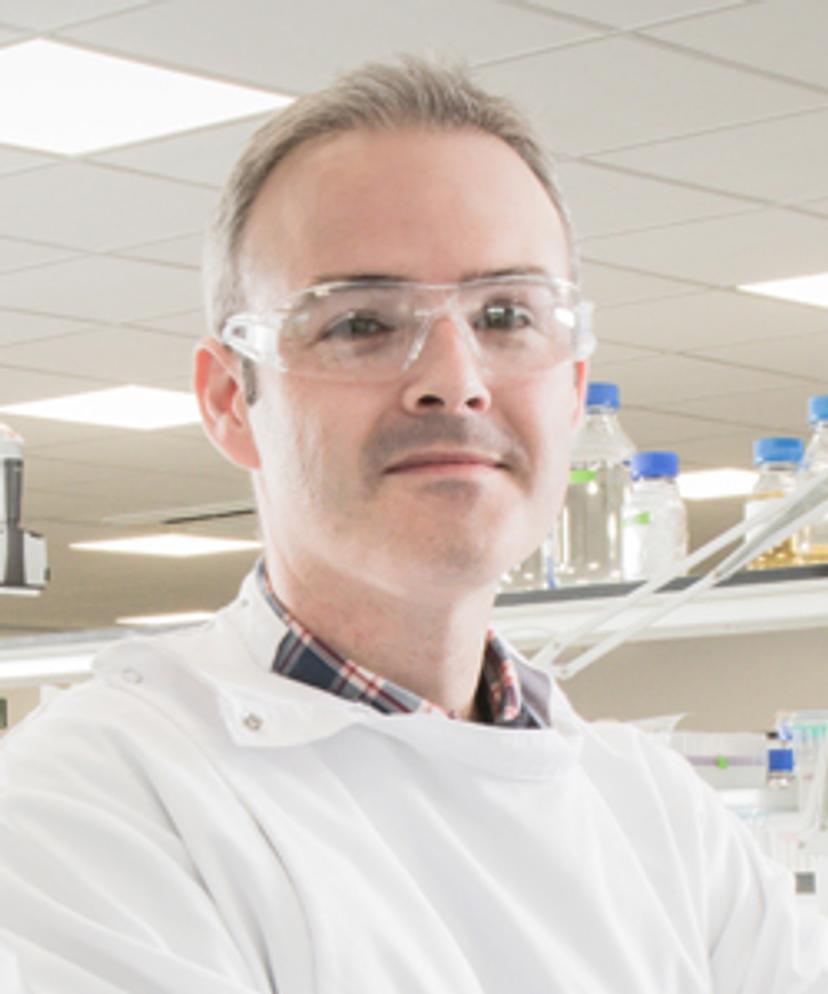Webinar Highlights: High-Throughput Screening of Affimer Proteins for Use as Affinity Ligands Using a Label-Free Technology
21 Mar 2018

In this recent webinar, experts on Affimer protein technologies, Dr. Geoff Platt, of Avacta, and Dr. Chriaz Frydman, of Horiba Instruments, discuss the key characteristics and applications of Affimer proteins as robust affinity resins. They also describe in detail how to achieve a high-throughput assay development workflow — from screening through to validation — in just 12 weeks. This webinar focuses on the XelPleX instrument from Horiba, which enables hundreds of Affimers to be simultaneously screened on a single chip, by employing SPRi (Surface Plasmon Resonance imaging) technology.
How much target protein would be required to screen your Affimer library for binding?
We need very small amounts of protein. Typically, we say between 50µg and 100µg protein will allow us to do the phase display selection, the primary screen, and even the validation step — depending on what applications they are required for.
Can you produce Affimer-based affinity resins that bind and elute other protein targets?
Obviously in the talk I focused on a specific application which was the purification of human IgG. The reason why we use this as a target is because there’s a lot of information already available about the purification of IgG with chromatography columns — so we can benchmark our data against these systems nicely. It’s also cheap and practical to use. However, we have lots of customer projects in which we have raised Affimers against different kinds of targets and have been able to successfully purify them. In addition, internally we have purified GST (glutathione S-transferase) from complex mixtures and we also have a very interesting Affimer that binds to fragments of IgG. It can bind specifically to the Fab (fragment antigen binding) domain as well as the intact IgG but it doesn’t bind to the Fc region or the free light chain domain. This differentiates it from other currently available resin proteins that bind to the free light chain and don’t allow for differentiation between the free LC and intact Fab.
One of the key features of Affimers that you mentioned was high specificity. Can you give examples, and specific details of any systems where this has been shown?
Yes, we have quite a few; many of them unfortunately are customer projects so we can’t give too many details on those. However, one example is a publication last year in which an academic group have identified Affimers that can recognize ubiquitin dimers linked by different lysine residues, via isopeptide bonds. It has been impossible to raise antibodies against these dimers thus far, so this is a really exciting development. We also have examples of raising Affimers against toxin B from C. difficile, that differentiate from toxin A. This has been particularly difficult in the past with other systems.
How much Affimer is typically conjugated to the agarose resin?
With the test resins, using the iodo-acetyl chemistry on these beads, we typically obtain 10mg/ml of Affimer protein. We are also testing other surface chemistries on other resins so there is the potential to improve that.
How much Affimer protein is used in an XelPleX SPRi assay?
We use a very small amount of Affimer protein in the XelPleX assay, which is one of the great benefits. We typically print 5µm onto the chips using the contact printer, which is about 60µg/ml. On the surface of the SPRi chip we usually use 350 micron diameter pins and we know that the printer only deposits nanolitre amounts, so we use just nanograms per spot. We believe about 1µg could do more than six spots. For the SPRi biochip, whilst we typically print 192 samples, we have the capacity to immobilise more than 400 different Affimers on the same biochip for multiple screens.
Which negative control do you use?
When we use negative controls we often print spots that just contain Affimer scaffolds. These don’t contain any binding loops, so there is no specific binding of the target.
Can you employ nanodisc, detergent, or lipoprotein-based membrane proteins as targets?
Yes, we have not been directly involved with this kind of approach but we have worked with other companies on GPCRs in the past. As a general rule, we can raise Affimers not just to proteins but to any target that we can biotinylate and subsequently enter into our selection process.
How do you immobilize the Affimers on the surface of the biochip?
There are a range of Horiba chips available with different surface chemistries. We have been using the epoxy surface chip as a standard which has been working very well for Affimers. However, we also use the maleimide surface which interacts well with the single cysteines inserted into the Affimers.
What are limitations and disadvantages of your work? What were your failures and how long did it take to accomplish the work you presented today?
As described in the webinar, the screens to obtain Affimers for the targets described took about 12 weeks. The Horiba XelPleX data acquisition for specificity, affinity titration and caustic stability typically takes 1-2 days and analysis takes a few more days. The column chromatography experiments can take some time as it requires bulk expression and purification of Affimer protein (approx. one week), conjugation to agarose resin and column packing (2 days) and then column experiments using an AKTA FPLC system (1-5 days depending on what experiments are required) — this is why we use the Horiba XelPleX screen to reduce the numbers of Affimer clones that we take through to this stage of the process.
As would be expected, all stages of the process required development and optimisation when we attempted them at first, however, most of these processes can be considered routine now. If you have further interest in Avacta’s Affimer technology please click here. If you have further interest in surface chemistry and HORIBA's SPRi technology please visit this page.
Watch the full webinar on demand here, or discover more exclusive webinars here
Do you use any of the products mentioned in the article? Write a review today for your chance to win a $400 Amazon voucher or an iPad
